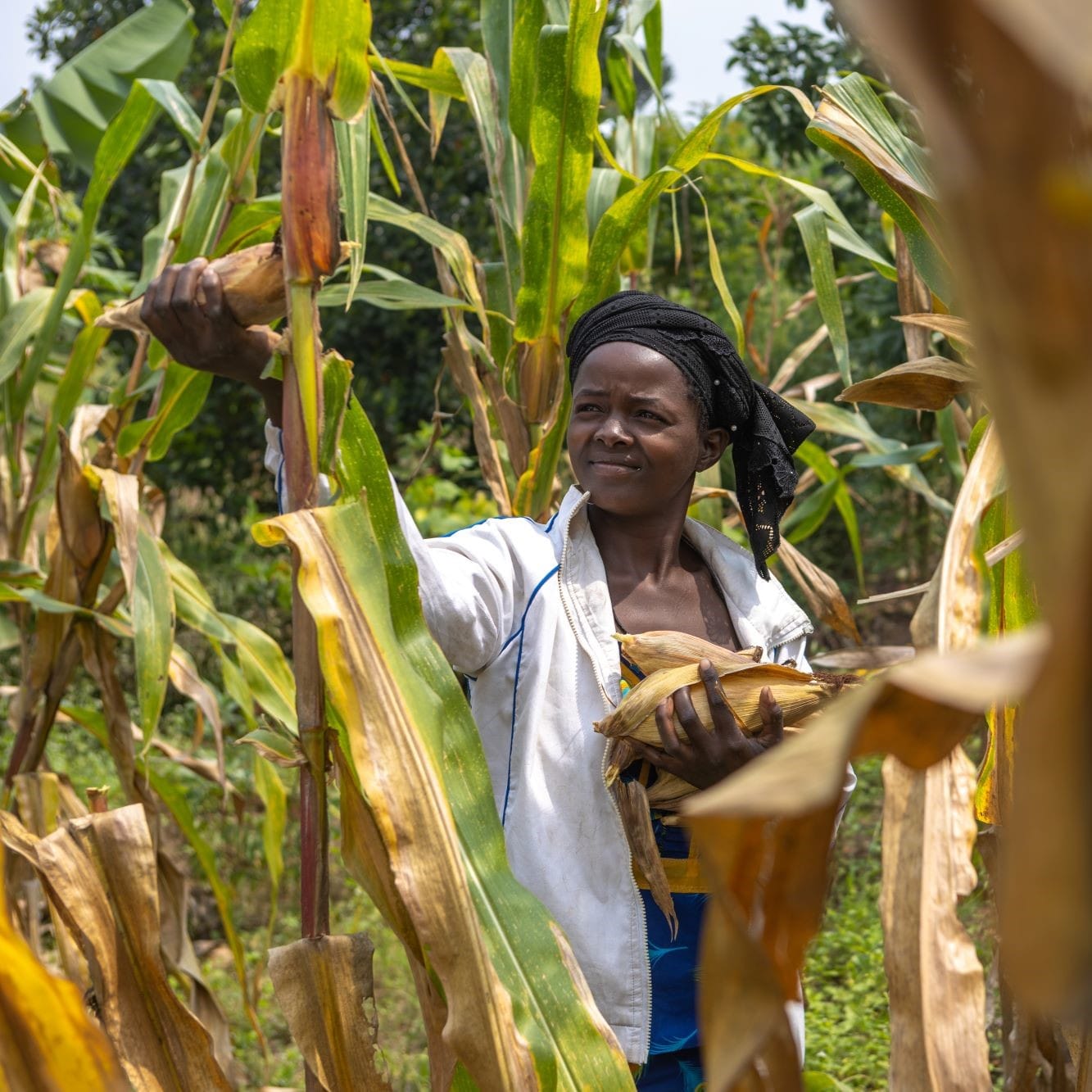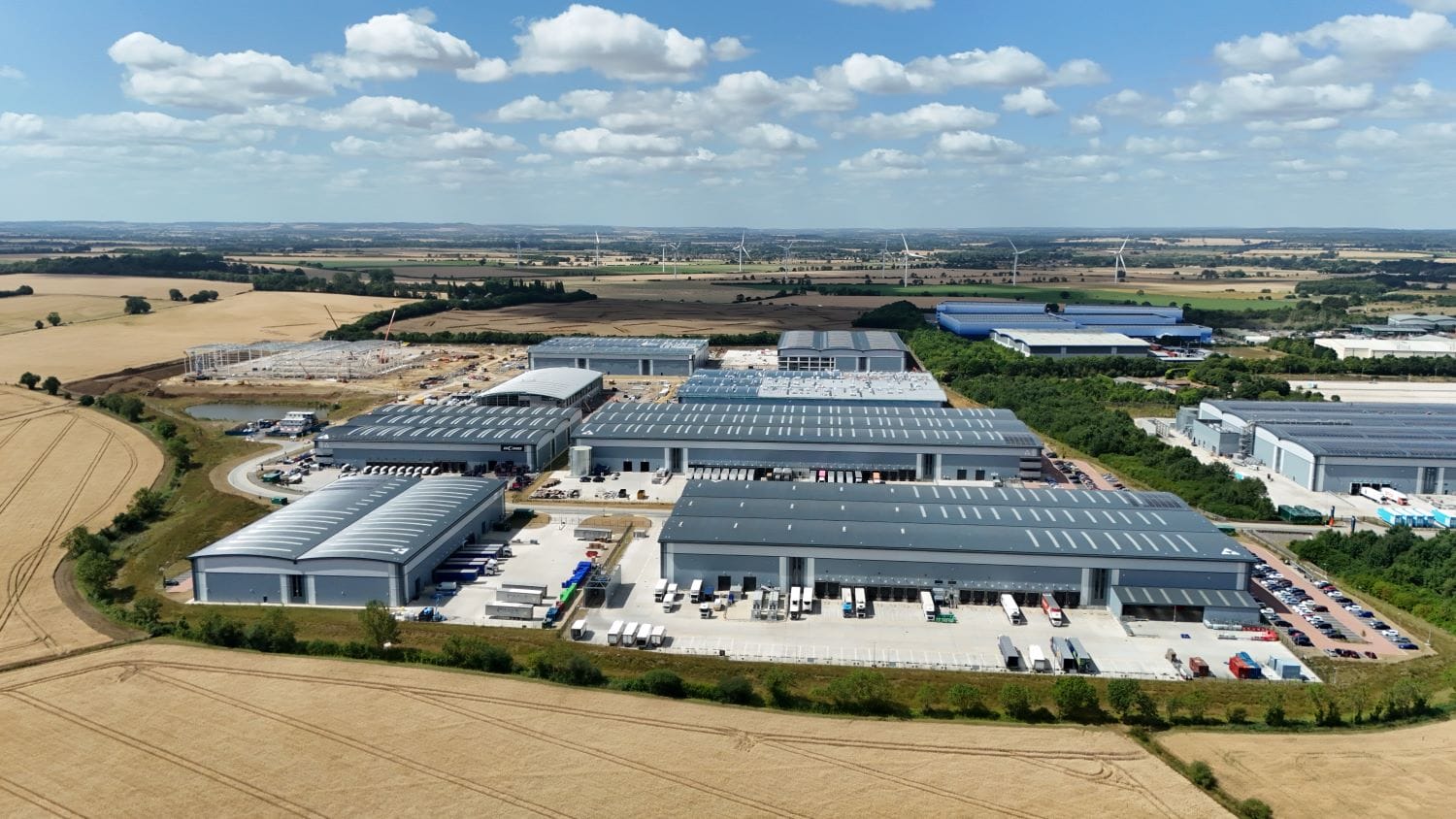As countries move to embrace low-carbon energy sources, they will want to ensure that they are growing their own capacity in renewable energy and capturing the economic value of greening their economies. Drawing on lessons learned from local content policy development in the oil and gas sector, we suggest three key elements that corporations and governments should consider when developing policies to generate domestic benefits.
.png)
Countries and companies will look to build local capacity in renewables rather than rely on imported know-how. Photo: agnormark - stock.adobe.com.
1. Determine Current Local Capacity to Participate in Renewable Energy Projects
Local content requirements can be aspirational but must consider the current capacity of a country’s manufacturing, supplier base, and workforce to contribute to these projects. Countries, and the firms operating there, must develop an understanding of the competitiveness of existing suppliers compared to international suppliers and assess whether local workers have the skill sets to meet the particular requirements of the renewables industry. Given those distinct requirements—in terms of the technical abilities, goods, and services involved—the workers and suppliers in the country’s traditional energy sector will not be able to immediately transition to renewables.
In Oman, for example, the government has assessed the workforce’s current capabilities and set an 8 percent local content target for state-tendered renewables projects. Bidders must meet this minimum of 8 percent Omani content (expenditures on Omani goods and services as a percentage of total spend). While the 8 percent requirement may seem low, it reflects the nascent stage of renewable energy industries in the Sultanate and is expected to grow as local capacity advances. By realistically determining local capacity, Oman’s government has been able to provide credible guidance for tenderers seeking to source locally in fields such as engineering. A mismatch between local content requirements and domestic capacity can end up making projects more costly and leaving developers reluctant to take on further investments.
Conducting an industrial baseline study or market assessment may also help to inform a country’s strategy for green investments. The most effective method for promoting development through renewables will vary depending on the country’s comparative advantage. For instance, it may not be sensible to compete with China’s PV manufacturing given the latter’s economies of scale in this area. Morocco successfully built its utility-scale solar and wind sectors by establishing gradually increasing production targets in key areas such as tanks for solar thermal and masts for wind turbines. At the same time, Morocco recognized its limitations when it came to manufacturing components, so instead it supported the development of an industrial base built around the final assembly and fabrication of parts, in the process enabling Morocco to develop a more technically skilled workforce.
2. Require Low-cost Job Training and Unified Certification Processes
One hurdle to developing a renewable workforce is education. In the United Kingdom, while North Sea oil and gas workers have been encouraged to move to the renewable energy sector, they have had to pay expensive annual fees for certifications and are often required to repeat existing training when starting a contract with a new employer, or a new contract with the same employer, and when moving to jobs in another offshore sector. Governments could ensure that training requirements within a sector are standardized and recognized sector-wide. Standardized certification enables workers to move easily between projects, avoids redundant and costly training, and allows renewables companies to readily verify skills.
Understanding where strategic opportunities lie, through analysis of the potential investments and current workforce capabilities, is critical to developing fit-for-purpose training and reskilling programs. Part of South Africa’s two-pronged approach to local content in the renewables sector has been to create a safe transition for oil and gas workers into more sustainable industries through training. A focus on realizing local content opportunities during construction, maintenance, and operations phases has allowed South Africa to target specific opportunities for reskilling and workforce capacity building. The South African Renewable Energy Technology Center, for example, provides basic safety and technical training and accredits wind turbine and PV service technicians. More than 32,000 direct jobs have been attributed to this program through 2017, and the Center estimates it will support more than 100,000 jobs over the 20-year program period.
3. Institute a Reporting Mechanism with Clear Targets to Ensure Developers and Operators Uphold Their Local Content Commitments
For local content policies to be effective, government procurement guidelines need to be clear about the local content targets for each sector or sub-subsector, how these targets are to be verified, and the consequences of not meeting them. Clear targets are also essential to track progress and determine the effectiveness of the local content policy. Based on a country’s current capacity, short- and long-term local content goals for renewables may need to be set to measure growth in domestic renewables manufacturing, job creation, local company participation, and community development. As targets are either met or missed, countries may have to adjust them to better capture the local economic benefit of renewables projects.
There are various mechanisms to mandate or incentivize local content development. In the United Kingdom, to bid for an offshore wind project, all bidders must submit a local content plan. Successful bids are then monitored throughout all project phases by the Department for Business, Energy and Industrial Strategy (BEIS). Should BEIS find that a company is not complying with its stated plan, it evaluates where and why the shortfall happened, recognizing that companies may be acting in good faith or bad. BEIS has the authority to pull an offshore wind contract from the operator if it finds that the operator is not meeting its local content responsibilities.
A softer mechanism for driving local content is through financing. The Brazilian Bank for Economic and Social Development (BNDES), for example, offers low interest loans for renewable project developers. The loan is conditional on local content levels increasing over time (for example, BNDES required that the local content required in wind turbine blades increase from 40 to 60 percent over two years). Tellingly, BNDES has financed approximately 80 percent of Brazil’s renewables projects, but financial incentives of this sort tend to be reliant on subsidized interest rates. The most appropriate mechanism for incentivizing and enforcing local content requirements will vary, but it is key to have clear targets, effective monitoring, good communication, and room for flexibility.
Local content requirements can be an important pillar in a country’s renewables strategy because they help determine the sustainability of its renewables sector over the long term. For countries formulating a renewable approach, incorporating local content requirements into new projects—with these three key elements in mind—should be part of their agenda.




